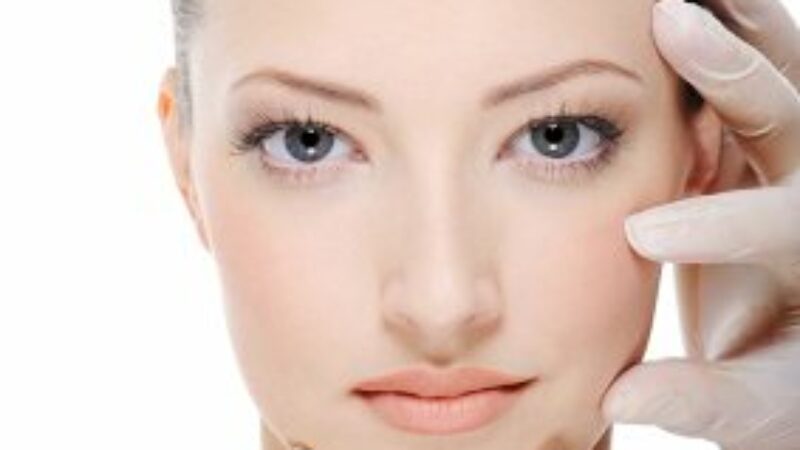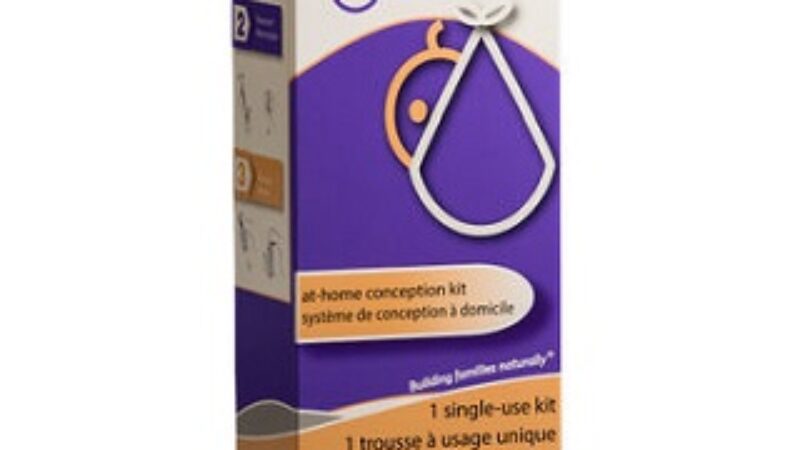 |
A scalp condition that many of us are only too familiar with, the symptoms of dandruff are easy to spot: white, oily flakes of dead skin that dot your hair and shoulders, often accompanied by an itchy, red and scaling scalp. Rarely serious, dandruff isn’t contagious, but it does cause embarrassment and can sometimes be difficult to treat. |
Although dandruff is a chronic scalp condition, there is good news… it can be controlled with medicated shampoos and gentle cleansers.
Cradle cap, which affects babies is a type of dandruff that causes a scaling, crusty scalp. While alarming for parents, it isn’t dangerous and usually clears up on its own by the time an infant turns one.
What Causes Dandruff?
Although many people associate dandruff with dry skin, that is rarely the case. More likely it is caused by a condition known as seborrhea. Seborrhea involves cells on the scalp to shed and be replaced more frequently than normal. The normal amount of time it takes for cells to turnover on the scalp is one month. For someone with dandruff, that period is shortened so that skin cells mature and are replaced in as little as 10 to 15 days. The result is what appears as dandruff – oily clumps of dead skin which appear as the white patches and flakes associated with dandruff.
If dandruff is associated with seborrhea then it can start anytime after puberty. Seborrhea may be prompted by the hormonal changes that occur during puberty, which results in an increased production of sebum (oil) in the sebaceous glands. Seborrhea may also be accompanied by redness and itching. Sebaceous glands are found on parts of the body that has hair follicles. For this reason, seborrhea can occur in any area that grows hair – the eyebrows, beards in men, the folds of the nose and occasionally on other hairy parts of the body. Sebum can contribute to the oiliness associated with dandruff. Certain triggers including frequent exposure to extreme heat and cold, certain foods (especially sugar and yeast) and excessive perspiration may also contribute to dandruff.
P. ovale (also known as Malassezia furfur) is a fungus found naturally on the skin surface of healthy individuals. In certain situations (excessive sebum or individual susceptibility, for example), it may overgrow resulting in dandruff. The reasons for overgrowth are unclear but thought to be linked to excessive sebum, hormonal changes, illness, stress or a susceptibility to the fungus itself. P. ovale feeds on the oil secreted by hair follicles and can grow out of control.
Dandruff Treatments
Dandruff can’t be cured, but it can be controlled. There are a number of different treatment options which work in different ways. Not all treatments work for everyone so it may take patience and persistence in finding the right combination of products. Here is a list of ingredients commonly used to treat dandruff:
- Zinc pyrithione shampoos as found in products such as Z Plus and Dan-gard are thought to work by helping reduce the rate of skin cell turnover, fighting P. ovale associated with dandruff and preventing its further growth. As well, zinc pyrithione can help to exfoliate excessive skin cells. It is not as effective as ketoconazole in killing the P. ovale fungus.
- Tar. Coal tar based products as found in Tardan Shampoo (also contains salicylic acid and triclosan) have been shown to help conditions including dandruff, seborrheic dermatitis and psoriasis by slowing down skin cell turnover.
- Salicylic acid products help to exfoliate the scalp, eliminating scales. P & S Liquid contains phenol which helps to soften and loosen scales prior to shampooing. They may cause dryness and more flaking. Using a gentle conditioner or shampoo like John Masters Organics Zinc and Sage Shampoo in between treatments can help to alleviate the dryness
If you find that one of the products works for a while and then seems to lose its effectiveness try alternating between two types of dandruff shampoos. Leaving the shampoo on for 3 to 5 minutes before rinsing gives the ingredients time to work.
Time To See Your Doctor?
If you’ve used a shampoo faithfully for several weeks without relief, it may be time to visit your physician. You may need a prescription-strength shampoo or more aggressive treatment with topical steroids.


